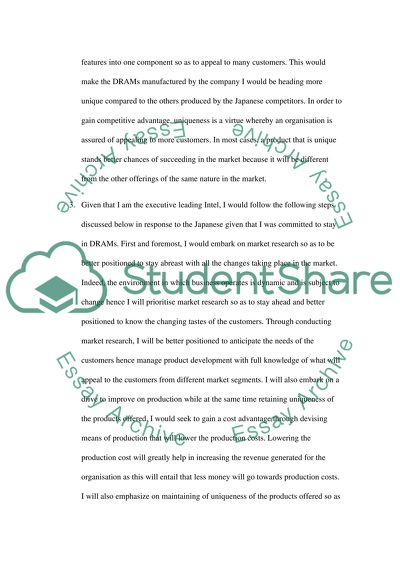Cite this document
(“Case Study - Strategic Leadership Example | Topics and Well Written Essays - 1250 words - 1”, n.d.)
Retrieved from https://studentshare.org/geography/1405715-case-study-strategic-leadership
Retrieved from https://studentshare.org/geography/1405715-case-study-strategic-leadership
(Case Study - Strategic Leadership Example | Topics and Well Written Essays - 1250 Words - 1)
https://studentshare.org/geography/1405715-case-study-strategic-leadership.
https://studentshare.org/geography/1405715-case-study-strategic-leadership.
“Case Study - Strategic Leadership Example | Topics and Well Written Essays - 1250 Words - 1”, n.d. https://studentshare.org/geography/1405715-case-study-strategic-leadership.


